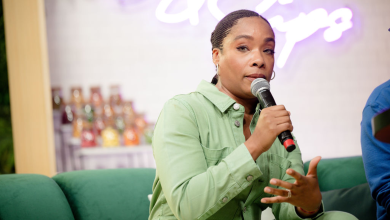Nearly A Decade After Vine’s Demise, Former Twitter CEO Jack Dorsey Backs Reboot


Vine’s six-second videos are making a comeback with the launch of a new app, diVine, backed by former Twitter CEO Jack Dorsey and featuring more than 100,000 restored clips.
According to TechCrunch, the revival gives longtime fans a chance to revisit the platform’s most memorable moments while also creating space for new content.
DiVine allows users to browse archived Vine videos, set up personal profiles, and upload original six-second clips. Unlike today’s feed-heavy social apps, where AI-generated content often floods timelines, the platform actively flags and blocks synthetic media before it can be posted, the outlet reports.
The project is financed by Dorsey’s nonprofit “and Other Stuff,” launched in May 2025 to support experimental, open-source technology and new social media models. According to TechCrunch, Evan Henshaw-Plath, an early Twitter employee known as Rabble, is leading diVine’s development, using the original Vine archives as the foundation for the Vine reboot app.
As the outlet notes, when Twitter announced in 2016 that it would shut down Vine, a volunteer preservation group called the Archive Team captured the remaining videos. The content, however, was stored in massive binary files that weren’t user-friendly. Rabble spent months writing scripts and decoding the data to reconstruct the videos, user accounts, engagement metrics, and even some original comments.
According to TechCrunch, the restored library now includes roughly 150,000 to 200,000 videos from around 60,000 creators. Although millions of Vine clips, including many K-pop videos, were never archived, the collection still represents a large share of the platform’s most popular posts.
Creators retain copyright to their original videos. They can reclaim accounts by verifying ownership of the social media handles linked in their old Vine profiles or request removals through a DMCA process, the outlet reports. Once verified, creators can upload new videos or re-add clips that weren’t recovered during the reconstruction process.
To verify new uploads, diVine uses tools from the Guardian Project, which TechCrunch notes is a nonprofit focused on human rights technology. These tools confirm that a video was recorded on a real device, reinforcing the platform’s commitment to human-created content.
According to the outlet, diVine runs on Nostr, the decentralized, open-source protocol championed by Dorsey. The structure allows developers to create their own versions of the app, run independent media servers, and build without relying on traditional venture capital or corporate systems. In a statement to TechCrunch, Dorsey said the nonprofit exists “to allow creative engineers like Rabble to show what’s possible…using permissionless protocols which can’t be shut down based on the whim of a corporate owner.”
Meanwhile, Elon Musk, current owner of X (formerly Twitter), has also suggested plans to revive Vine, as AFROTECH™ previously reported. However, no public release has been announced, leaving diVine as the first functioning Vine reboot app to reach users.
Rabble said that while people interact with AI tools, some users still prefer the early social media experience, when communities were built without algorithm-driven feeds, according to TechCrunch.
DiVine is available for iOS and Android at diVine.video.




